The Sahara Desert does receive rain, but usually only a few inches a year and rarely in late summer. However, for two days in September, heavy rain fell on parts of southeastern Morocco after a low pressure system moved across the northwestern Sahara.
Preliminary NASA satellite data shows rainfall of more than 200 mm in some areas.
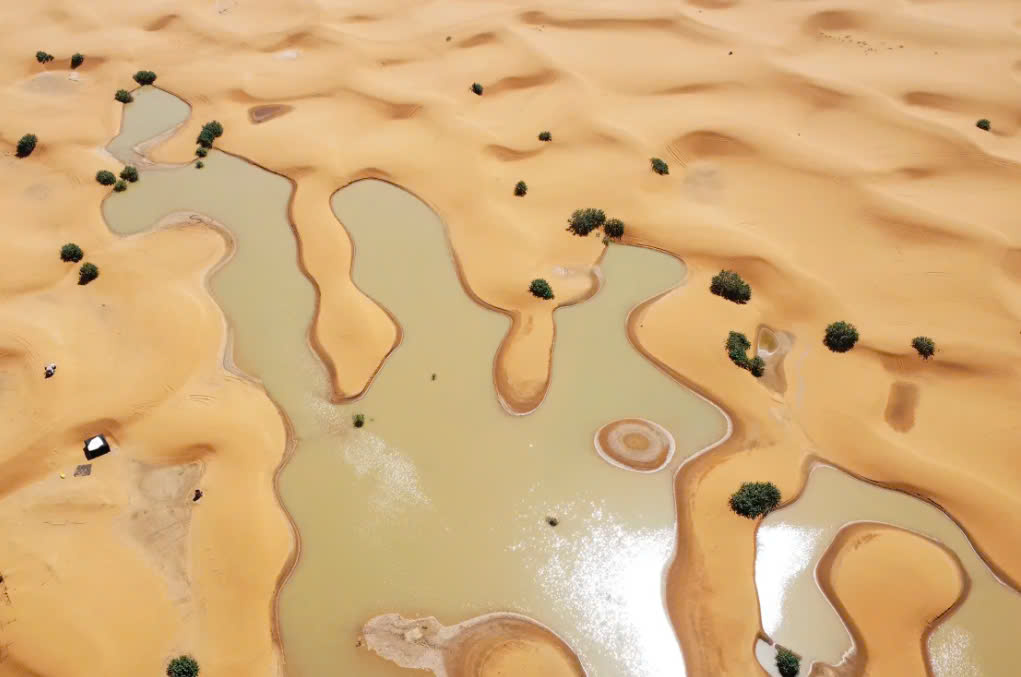
A view of lakes created by heavy rains among sand dunes in the desert town of Merzouga, near Rachidia, Morocco on October 2, 2024. Photo: AP
The desert city of Errachidia experienced a historic downpour this past September. More than 250mm of rain fell in the area over just two weekends, more than four times the average rainfall for the entire month, equivalent to more than half a year's worth of rain.
“It has been 30 to 50 years since there has been such a large amount of rain in such a short period of time,” Houssine Youabeb of Morocco's meteorological agency told the AP last week.
Dramatic images from the desert town of Merzouga, where flooding has created new lakes amid the sand dunes. The stunning landscape has captured the attention of many, offering a different perspective to the arid region.
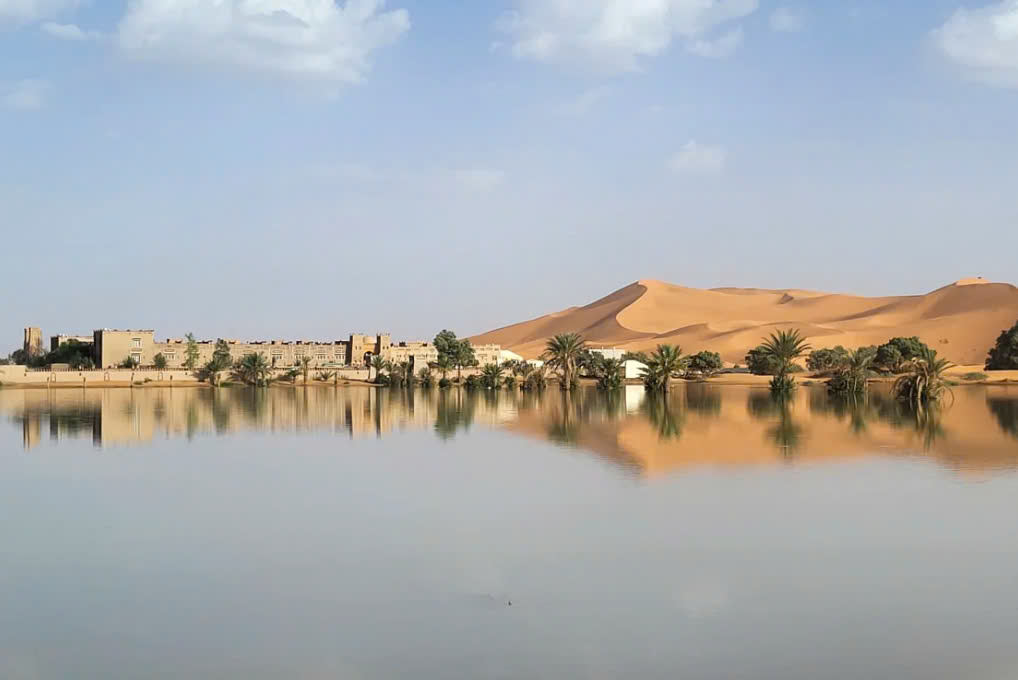
Flooding caused by heavy rains in the desert town of Merzouga on October 2, 2024. Photo: AP
The rains have also filled normally dry lakes, such as those in Iriqui National Park, Morocco’s largest. NASA satellite images from the region show new lakes forming across swaths of the northwestern Sahara.
While most of the rain fell in deserted areas, a significant portion caused severe flooding in populated areas, especially in areas near the Atlas Mountains. More than a dozen people were killed and many homes were damaged.
The Sahara, the world's largest non-polar desert, has suddenly turned green in recent satellite images. However, studies show that storms moving further north and causing heavy rains in the Sahara are a direct result of global warming.
Fossil fuel pollution that raises temperatures and disrupts the water cycle has created conditions for such extreme weather events to occur more frequently.
Ha Trang (according to CNN)
Source: https://www.congluan.vn/sa-mac-sahara-cung-phai-roi-vao-canh-ngap-lut-post317030.html



![[Photo] Overcoming all difficulties, speeding up construction progress of Hoa Binh Hydropower Plant Expansion Project](https://vstatic.vietnam.vn/vietnam/resource/IMAGE/2025/4/12/bff04b551e98484c84d74c8faa3526e0)
![[Photo] Closing of the 11th Conference of the 13th Central Committee of the Communist Party of Vietnam](https://vstatic.vietnam.vn/vietnam/resource/IMAGE/2025/4/12/114b57fe6e9b4814a5ddfacf6dfe5b7f)



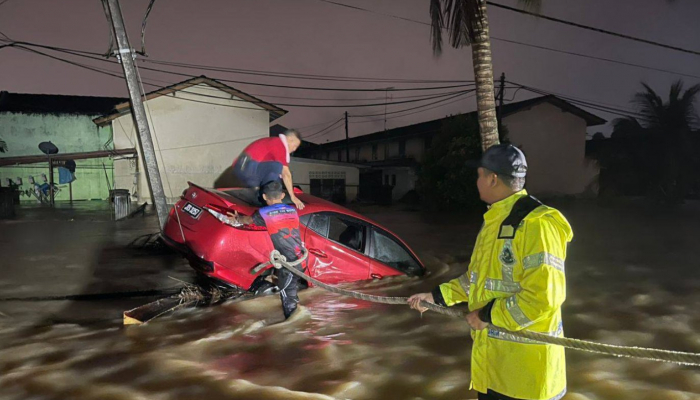
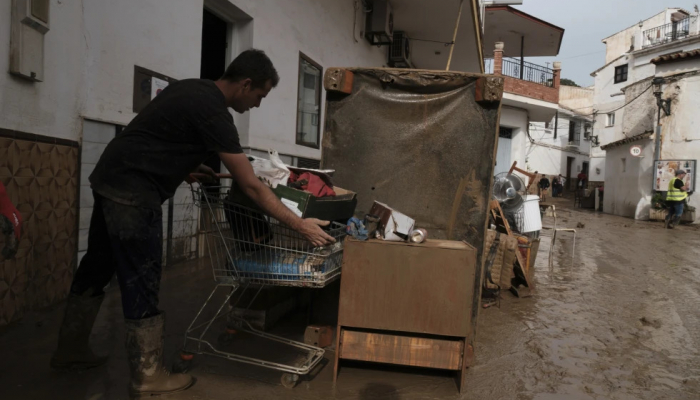


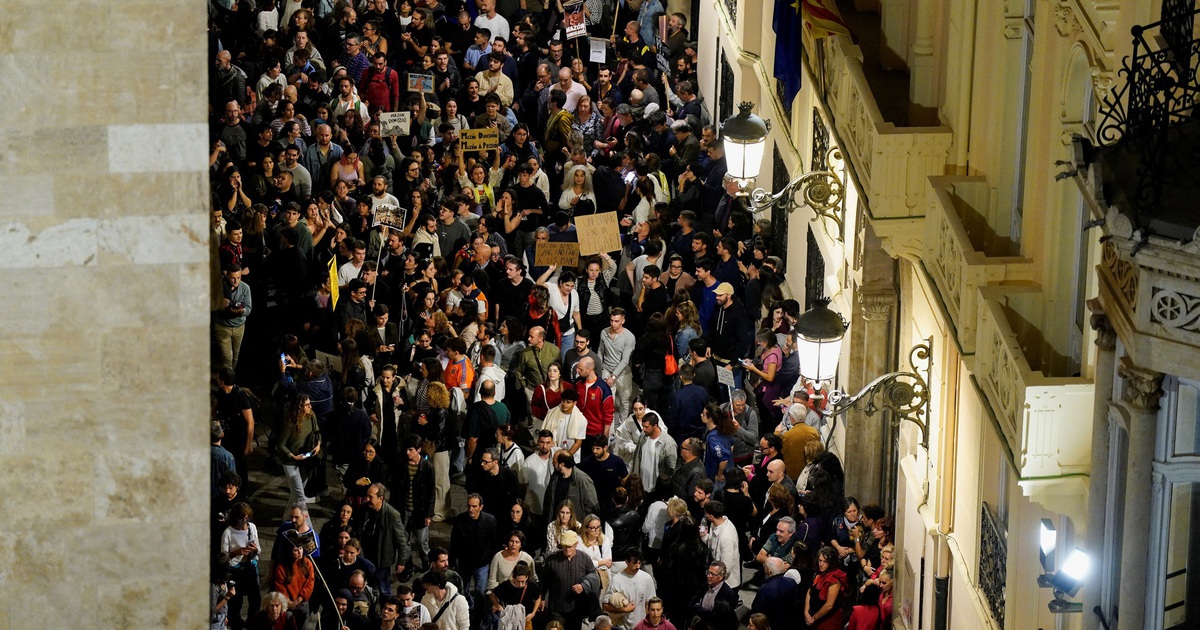

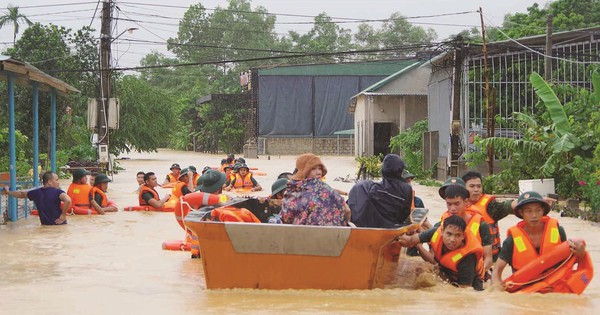

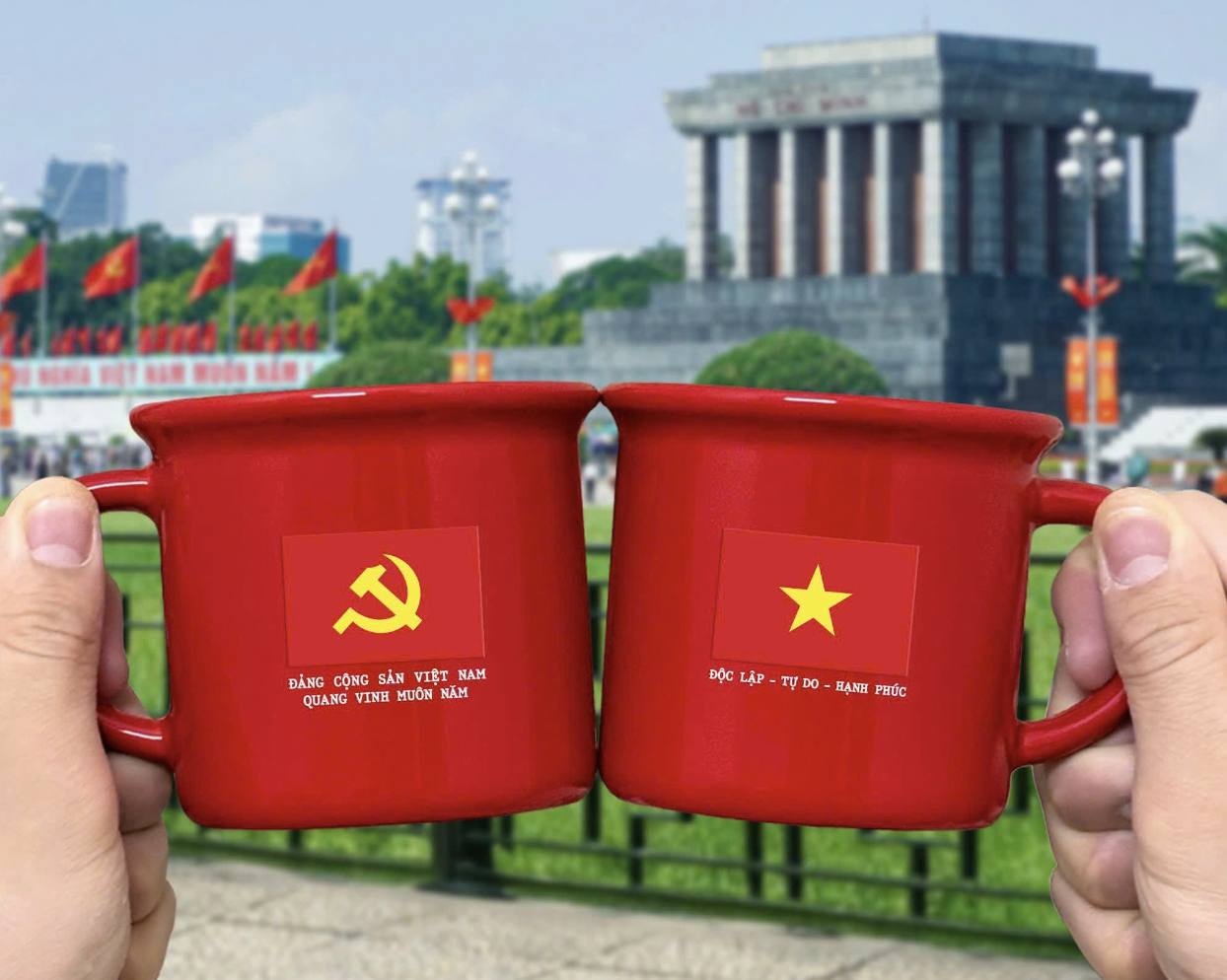












































































Comment (0)